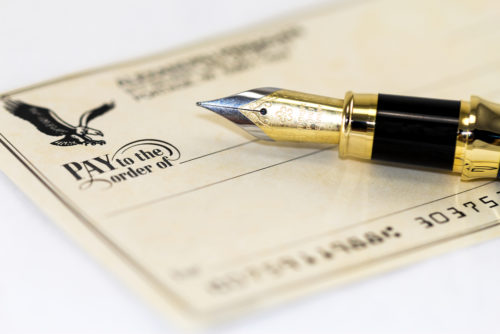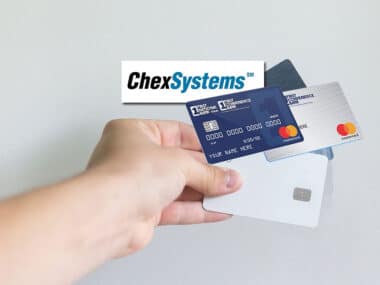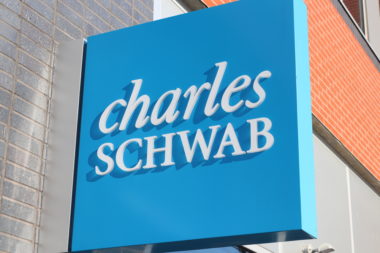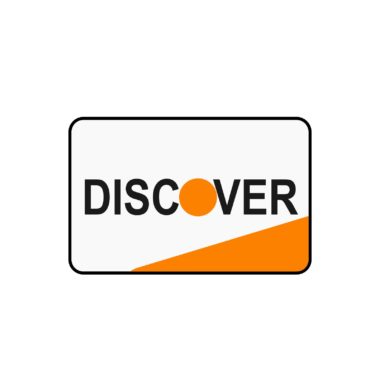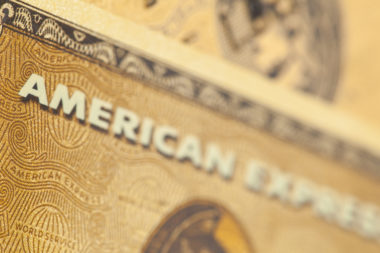Checks are a method of payment that withdraw funds directly from a checking account. Although not as popular today, checks are still used by many as a way of withdrawing funds from their personal checking account.
Even in an age of credit cards and digital transactions, checks give the 10% of Americans who don’t use the internet an easy way to pay their bills and keep track of their spending habits. In addition to being easy to use, checks offer a world of other benefits. They come in handy for businesses that aren’t equipped to accept card transactions and offer consumers a more secure way of paying for goods and services.
If you’ve never used a personal check before, here you’ll find the many benefits this payment method can offer. Learn more about the features of a check and how you can use one.
Table of Contents
What Is a Personal Check?
Personal checks are slips of paper from your banking institution that allow you to denote a specific amount of money to be removed from your checking account. Personal checks are not tied to savings accounts. When you use a debit card to make a payment, the funds are removed immediately. With personal checks, it can take a few days for the check to clear and funds to be removed.
Features of a Check
All checks have the same standard features, including:
- Your name and personal information.
- Date field.
- A check number.
- “Pay to the order of,” a line where you write the name of the person receiving the check.
- A field for the dollar amount, to be spelled out on the line as well as written in numbers in the corresponding box.
- The name of your banking institution.
- Your bank’s routing number.
- Your account number.
- A memo line where you can fill out the reason for writing the check.
- A signature line for you to authorize the check.
To use a personal check, each of these fields (except the memo line, which is optional) must be filled out.
When Would You Use a Check?
There are a number of reasons someone might use a check. Most often, people write checks to pay their rent or utility bills. Others use personal checks to pay for everyday purchases, such as groceries.
Pros of Using Checks
There are several advantages to using checks instead of other forms of payment.
- Checks are safer to send in the mail than physical cash.
- You can avoid online convenience fees that some institutions charge for using debit or credit cards.
- Checks offer better security overall, as they are typically secured by your bank.
- Checks don’t require internet access for someone to cash them, although it is possible to deposit a check online.
- Checks are traceable, making it easy to keep track of where your money goes.
- You can personalize the appearance of your checks and the reason for writing them.
- Checks usually take a day or two to clear, giving you time to move funds around as needed.
Cons of Using Checks
Despite the many pros, there are a few cons to using personal checks.
- New checks cost money to replenish.
- Fewer companies are accepting personal checks as a form of payment.
- Checks cannot be used for online shopping.
- If a check does not clear, you are charged a fee.
What Happens if a Check Bounces?
When a check bounces, there aren’t sufficient funds in your account. For this reason, bounced checks are also referred to as non-sufficient funds (NSF) checks. You may have insufficient funds if, for example, you aren’t able to move money around in time or your place of employment is falling behind on payments.
If your check bounces, you’ll have to pay a fee to your bank, and may be penalized by the company to which you initially wrote the check.
You may be able to prevent your check from bouncing if you know there aren’t sufficient funds in your account. Contact the person you wrote the check to and ask if they’ve made the deposit yet. If they haven’t, you may be able to move funds around.
In the event that a check does bounce, expect to pay a fee. On average, the fee for bounced checks is $25. According to Experian, bounced checks will only show on your credit report if you neglect to pay the fees.
It is important to note that knowingly writing checks tied to accounts with insufficient funds is punishable by law. The punishment for writing bad checks varies by state.
Alternative Payment Options
Whether you ran out of checks or simply forgot your checkbook at home, there are alternative ways to pay for your purchase.
- Use a debit card, which is also tied directly to your checking account.
- Use a credit card for added security.
- Use a prepaid debit card.
- Use a third party, like PayPal or Venmo, to send money electronically.
- Use your bank’s online platform to pay bills or transfer money to other accounts.
Personal checks can come in handy for paying bills or protecting your payments. In case a vendor doesn’t accept cards, checks are always useful to have on hand.
Image Source: https://depositphotos.com/
